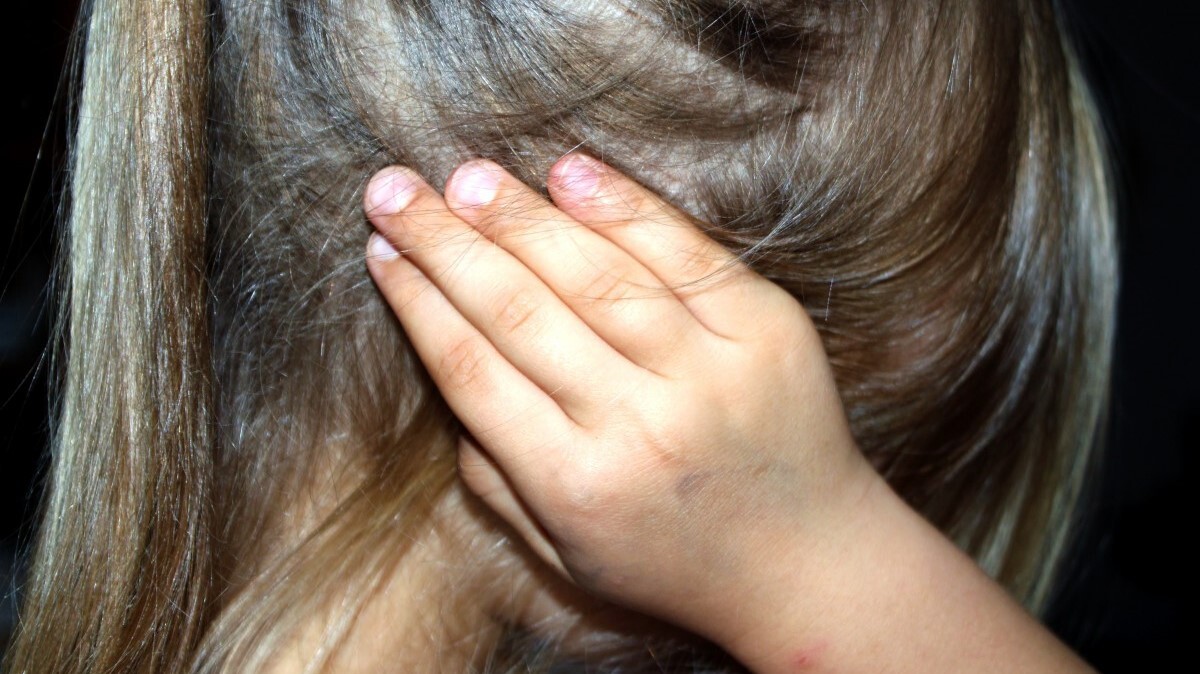The eustachian tube is about 1 1/2 inches long and connects the middle ear with the throat. | PxHere.com
The eustachian tube is about 1 1/2 inches long and connects the middle ear with the throat. | PxHere.com
• Causes of eustachian tube dysfunction (ETD) include allergies, a common cold, the flu or chronic acid reflux.
• ETD may resolve on its own, but if symptoms last longer than two weeks, it's recommended to see a doctor.
• One treatment option is eustachian tuboplasty, also known as eustachian tube balloon dilation.
Balloon dilation, which is typically used to treat sinus issues, can also resolve eustachian tube dysfunction, according to Dr. Cody Aull of West Palm Beach Breathe Free Sinus & Allergy Centers.
"We offer eustachian tube dilation using a balloon, similar to balloon sinuplasty," Aull told West Palm Beach Today. "That's the biggest, newest, latest, greatest thing that we can definitely offer. There's also some traditional treatments that we would show a patient that they might be able to do themselves."
Aull said he always looks for an underlying cause of ETD.
"If you've got really bad allergies, obviously, that's causing that tube to get inflamed all the time," Aull said. "Let's get you on some allergy treatment and fix that. That tube might get irritated all the time because it's not able to get normal airflow because your nose is all blocked up. Let's fix the nose and get normal airflow back there and get the whole system working together. That's the benefit of understanding how all of these things correlate.You can have it all set up in front of you, so I can show you what is causing the problem."
The eustachian tube connects the middle ears to the upper throat. And if the tube becomes blocked, it can lead to hearing problems, ringing in the ears, balance issues, discomfort similar to an ear infection, or a feeling of fullness in the ears, according to the Cleveland Clinic. This condition is called ETD, and it can be caused by allergies, a common cold, the flu or chronic acid reflux. The symptoms might get worse with altitude changes, such as on an airplane or while scuba diving.
ETD frequently resolves on its own, but if symptoms last for more than two weeks, it's recommended to visit a doctor. At-home remedies to resolve ETD include chewing gum, yawning, swallowing or using a saline nasal spray. People whose condition has been caused by allergies could clear up their symptoms by using an antihistamine or other over-the-counter medications. People whose condition has been caused by an infection may be prescribed antibiotics.
If at-home remedies or medications do not resolve ETD, a doctor might recommend a surgical treatment. One option is eustachian tuboplasty, also known as eustachian tube balloon dilation. This surgery is relatively new and involves a doctor inserting a small balloon through the nasal passage into the eustachian tube and then inflating the balloon. The balloon remains inflated for about two minutes before the doctor deflates and removes it. Patients typically recover from this surgery within one day.
Other surgical treatment options for ETD include myringotomy and pressure equalization tubes. During a myringotomy, the doctor makes a small incision in the eardrum, allowing fluid to drain from the middle ear. Patients typically need three to four weeks to recover. Pressure equalization tubes are placed by a surgeon inside the ear drum and allow for proper ventilation to the middle ear. The tubes are typically left in place for 12 to 18 months.
If you're interested in learning more about diagnosis or treatment of ETD, please take this Sinus Self-Assessment Quiz.



 Alerts Sign-up
Alerts Sign-up